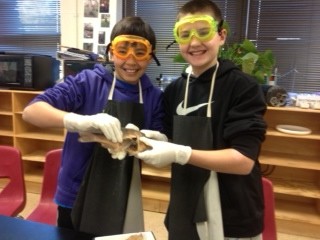
The Dissection by Michael S and Michael J
On January 25, 2013, in Mr. Bryson’s Green class, we dissected a perch fish. Michael J,… read more


On January 25, 2013, in Mr. Bryson’s Green class, we dissected a perch fish. Michael J,… read more
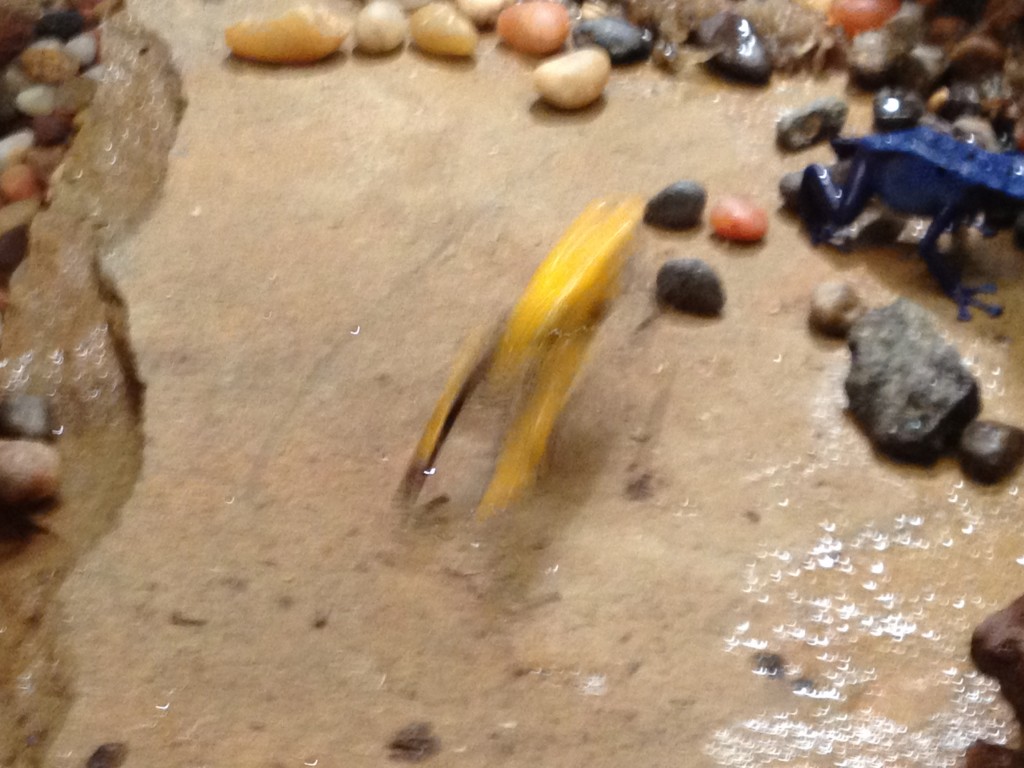
These are some photos from my visit to the Life and Science Museum of Durham. Imagine yourself in the habitat… read more

Two week’s back I went and participated in the science olympiad regionals competition. The whole team had been working hard… read more

For my science project I chose the chinchilla. I named my chinchilla Jessie, a long-tailed, and her friend Nina. Jessie… read more
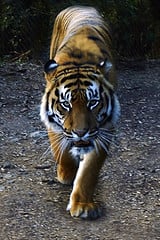
For my project in science, I am studying the tiger. I did the tiger because I love how pretty and… read more
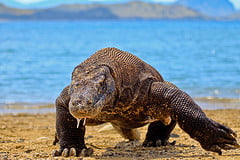
Photo Flickrcc For science class, we had to talk about why either fish, reptiles, or amphibians are better made for… read more
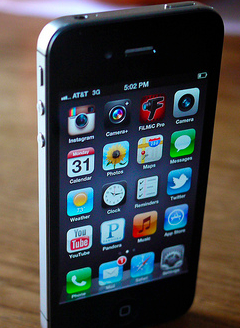
This is my first blog post. I think that Edublogs is a great place to to share ideas, learn, be… read more